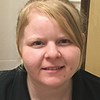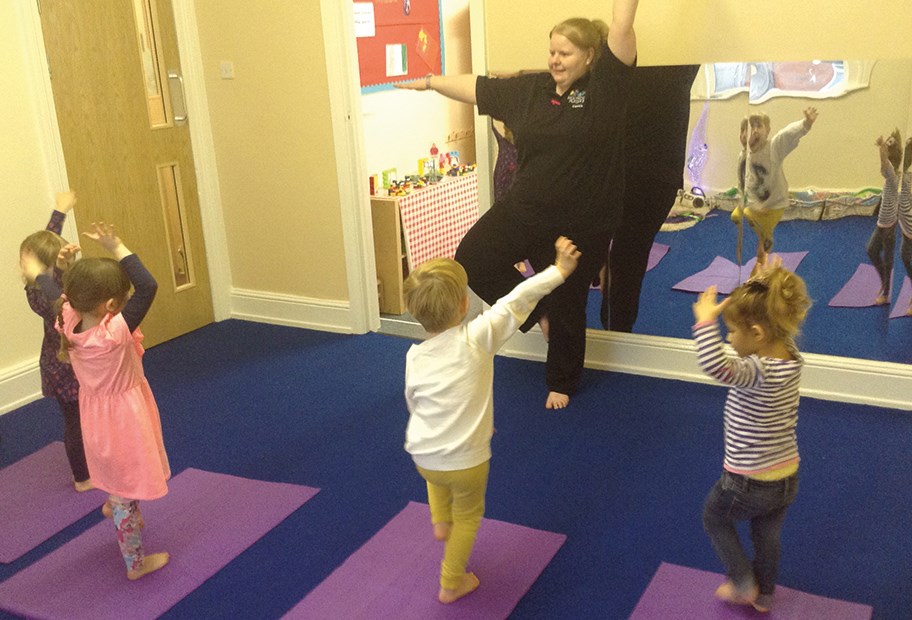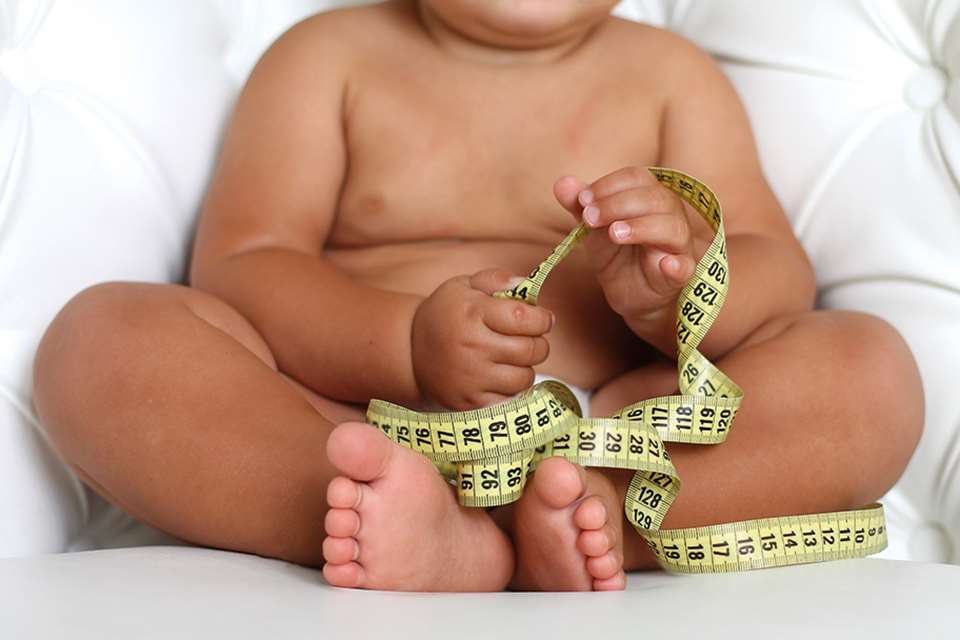On your feet
Ursula Krystek-Walton
Monday, January 9, 2017
In the wake of last month’s obesity strategy update, Bertram Nursery Group early years manager Ursula Krystek-Walton outlines its programme to get children moving for at least three hours per day

Our idea for a physical development programme started back in November 2015, when we identified that physical development could be better promoted in many of our settings. To tackle this, we invited Sharon Skade, the lead trainer at GreaterSport, a Manchester-based charitable community sports partnership, to provide staff training. We soon began to see some positive results –improvements in concentration, behaviour and children’s well-being.
Practitioner interest began to grow, with settings thinking up and trying out their own ideas. We realised they had much to share, and so the idea for the Physical Development Stars Network was born. We wanted teams to work collaboratively, with a consistent approach, and decided we would need a point of contact in each setting who would champion physical development. The project launched with a logo competition that was designed by pre-school children, the idea being to get settings interested. The core aim of the project is to ensure children are moving for a minimum of three hours per day, in line with guidance from the Department of Health. We want to embed movement in everyday activities.
The lead practitioners (the Physical Development Stars) meet throughout the year for network sessions with Ms Skade and I where they undertake professional development, and use the network of colleagues to share ideas and overcome barriers. In between, they continue discussions on a closed Facebook page.
Of course, all early years practitioners have a vital role in supporting development (and being an athlete is certainly not a requirement). In addition, we wanted our Physical Development Stars to be role models who could cascade information to the teams, motivate and share ideas for all ages and engage parents. The managers nominated them using a job description, which included the criteria of ensuring physical development is a key part of nursery routine and is supported by the activity planning in all age groups; seeking activity ideas for supporting physical development; and supporting the manager in measuring children’s progress within this area.
THE NETWORK SESSION
The first network session took place at the end of the summer. A morning training session, led by GreaterSport, highlighted why physical development is a prime area and how it is the bedrock of all areas of learning. It went on to cover brain and muscle development, and strategies to encourage more movement throughout the day when children might usually be sedentary.
The networking afternoon involved the stars working together to make everyday activities more physical; e.g. mark-making on a large scale, extending self-serve at lunchtime to younger children, and taking music time outside. Another aspect was for the practitioners to consider changes that could be made to the environments to encourage more spontaneous movement. One of the best parts of this discussion was them being able to talk about what works and where they struggle. More than a year on, we are seeing significant changes. Nurseries have introduced initiatives such as ‘wake up shake up’ every morning and afternoon throughout their setting; ‘No Tables Tuesday’; times of the day when children remove their shoes; and children’s Zumba sessions led by the staff team. One manager commented that it was encouraging her less-active staff to be more active than usual. Some of the stars have even recruited a deputy to help them.
In future, we want our stars to help create physical development environment audits. They will help to review cohort tracking in order to identify gaps in this area, as well as developing a bank of activities that provides new inspiration for practitioners and families.
 CASE STUDY: CASSIE HARTLEY, PHYSICAL DEVELOPMENT STAR, HOLYROOD ALTRINCHAM
CASE STUDY: CASSIE HARTLEY, PHYSICAL DEVELOPMENT STAR, HOLYROOD ALTRINCHAM
‘A key part of my role is to ensure that the staff understand the importance of the three hours. I spend time in each of the rooms demonstrating the kind of activities that work and answering questions.
‘We had a spare room in the nursery which we changed into a dedicated physical development room. Each day this hosts activities such as dance and yoga. The space can be used for planned physical activities or smaller impromptu sessions.
‘We have written to parents to tell them about, and help them understand, the significance of this initiative, and I talked to the staff on a one-to-one basis about what I had learnt on training. I also wanted to reassure them that this wasn’t about them needing to be athletic, and that everyone has a significant role to play. I then had a slot in the staff meeting to go through the Physical Development Stars network in more detail, and why it is vital that children are active. I encouraged the staff to come up with new ideas in order for them to take ownership of the programme and be proud of it.
‘With planning activities, you have to know what to look for and what your aims are. A significant change has been reducing the amount of time we expect our older children to sit down. We remove chairs for parts of the day in group times. We have added more to our construction areas to encourage building on a larger scale. When you have a specific physical activity indoors morning and afternoon in addition to outdoor play and then make other small changes, it is not difficult to incorporate three hours of physical activity, and it doesn’t always have to take place outside.
‘The programme has changed how the staff look at activities: they now consider how they can be adapted and differentiated. The team has also grown in confidence when talking to parents about the scheme.
 ‘Incorporating more movement has improved the children’s concentration. Many of the boys now engage far better in activities such as letters and sounds for longer than previously. The boys in particular often ask to go into the Physical Development Room, and having it has relieved any potential frustration that may have previously led to unwanted behaviour. Since introducing shoe-free time, the pre-school children generally take their shoes off independently as they are playing indoors. Not only is this great for promoting balance and healthy feet, but it also helps them practise putting their shoes on independently.’
‘Incorporating more movement has improved the children’s concentration. Many of the boys now engage far better in activities such as letters and sounds for longer than previously. The boys in particular often ask to go into the Physical Development Room, and having it has relieved any potential frustration that may have previously led to unwanted behaviour. Since introducing shoe-free time, the pre-school children generally take their shoes off independently as they are playing indoors. Not only is this great for promoting balance and healthy feet, but it also helps them practise putting their shoes on independently.’





